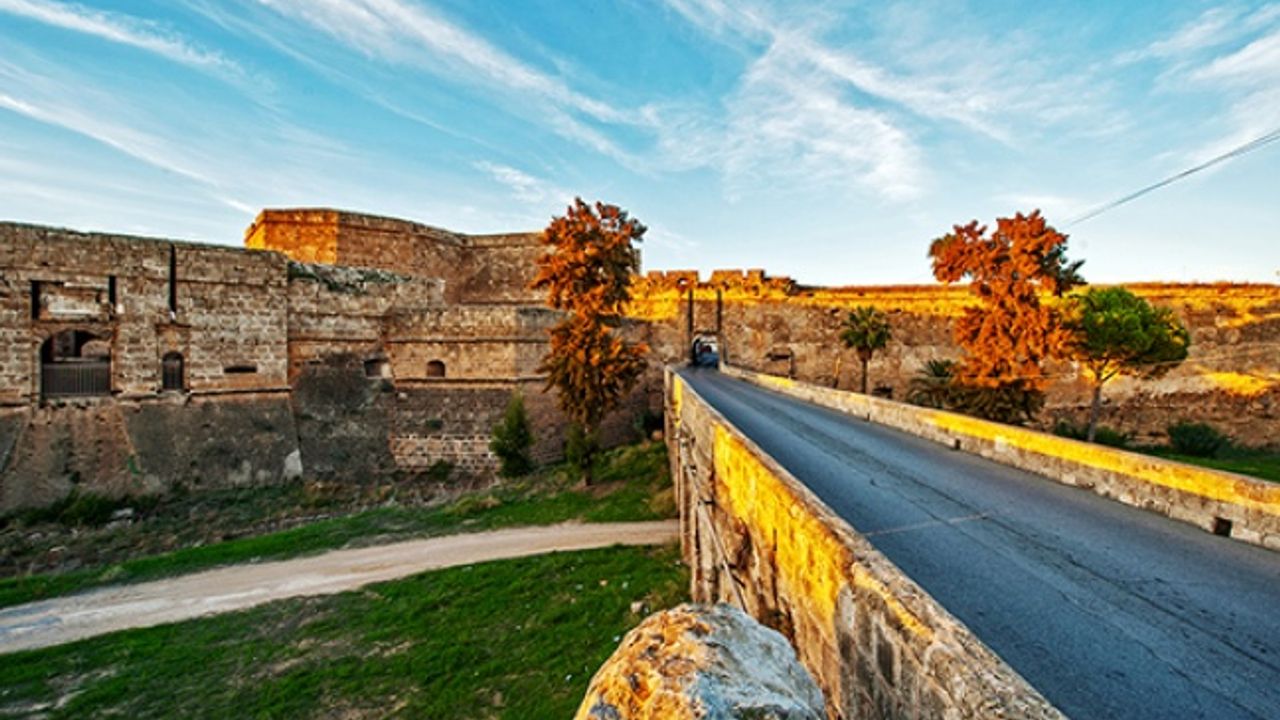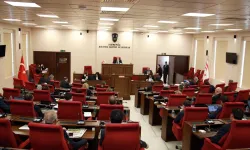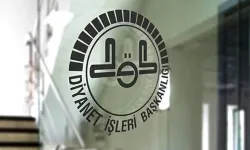Famagusta, which has hosted many civilizations in history, hosts many artifacts belonging to these civilizations as well.
Famagusta, which has hosted many civilizations in history and is almost a big open-air museum, is meeting you on this page with the narration of Serdar Atai, who is a true Famagusta lover, through the lens of journalist and photographer Zorlu Cezaroğlu.
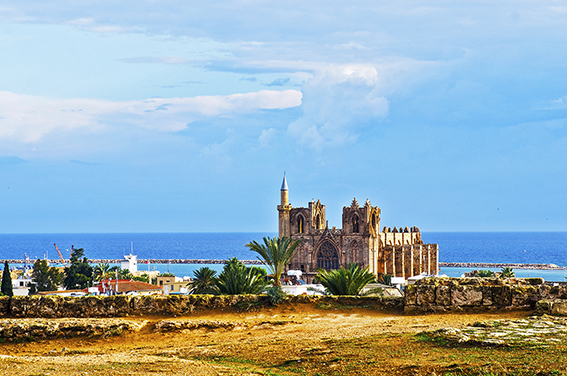
Here is the history and magnificent photo frames of Famagusta...
Famagusta is a place where Egyptian Ptolemy Philadelphus started a settlement as a small fishing village in 285 BC, which was called Arsinoe in ancient times and then Famagusta.
Famagusta, called Ammochostos in Greek, “buried in the sand”, lived in the Byzantine Period between 324-1191. 1. After Richard (Richard the Lionheart) left Cyprus in 1191 to save his fiancée, he witnessed the Templar Period for a year.
The French Lusignan Kingdom Period, which started in 1192 and lasted until 1373, was the heyday of Famagusta, when it was home to a magnificent development move with Latin nobles, rich merchants, clergy and knights. This is the period when the most beautiful examples of castles, palaces, cathedrals, churches and monasteries in Gothic style were built.
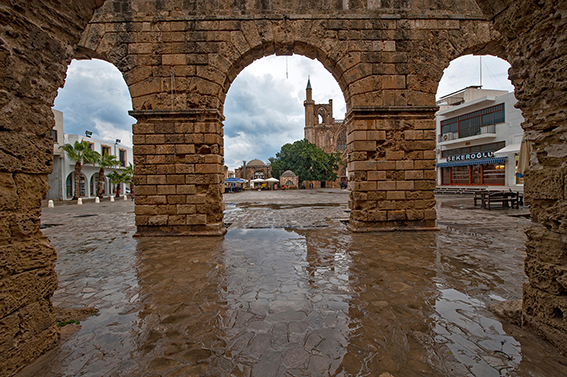
When the Genoese captured Famagusta in 1373, the city was doomed to experience its darkest period this time. They did their best to destroy all the beauty and wealth created by the Genoese.
In 1464, the Lusignan’s finally took Magusa back, but the destruction was so great that they did not have time to recover.
When Cyprus passed to the Venetian Administration in 1489, Famagusta had the chance to recover a little. Since Venice was the dominant power of maritime trade at that time, Famagusta Port became one of the main ports of the Venetian Navy in the Eastern Mediterranean. The Famagusta castle and walls were modernised, enlarged and strengthened. The cathedral, churches and monasteries and the royal palace were renovated.
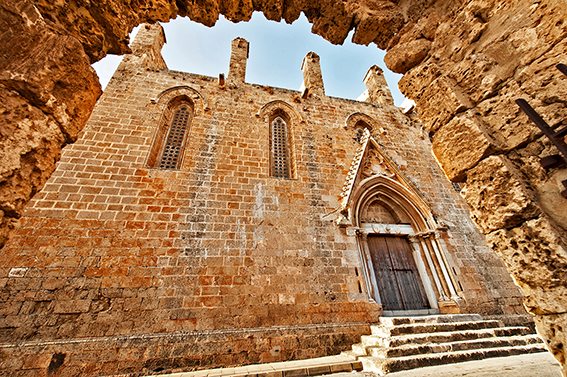
The Ottoman Period started in Famagusta in 1571. The Ottomans gave many freedoms to the Orthodox, who were despised by the Catholics. Over the 300 years they have stayed on the island, they left behind monuments such as the market place, madrasa, bathhouse and fountain.
In 1878, the Ottomans handed over Cyprus to the British Administration. During the British Period, which continued until 1960, a railway line was built between Famagusta-Nicosia-Morphou and the Famagusta Port was transformed into a modern port with new investments. Serious reforms were made in education, health and moments.
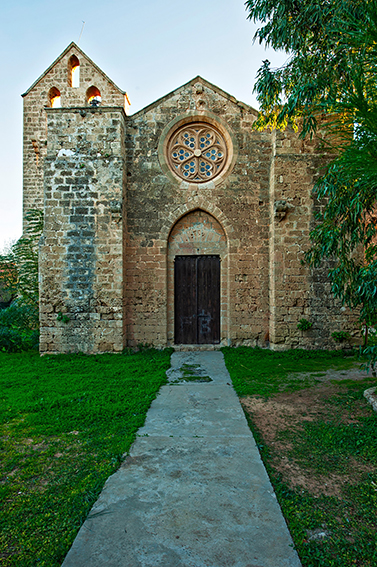
Cyprus gained its independence in 1960. However, the partnership state that was established, collapsed in 1963. Turkish Cypriots lived in Famagusta from 1958 to 1974 in enclaves in most parts of the island. Turkish Cypriots, staying in the ethnic region created in the North of the island with the green line drawn in 1974, are struggling to maintain their social existence by declaring the Cyprus Turkish Federated State in 1975 and the Turkish Republic of Northern Cyprus in 1983. After the 1974 war, Famagusta was renamed Famagusta, but apart from the official discourse, the people mostly prefer to use the name Famagusta.
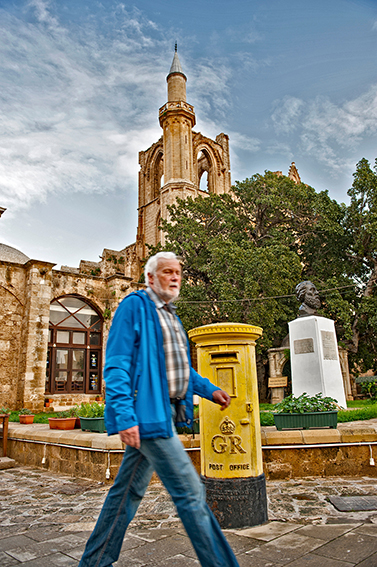
Source: CEP FAMAGUSTA-Serdar Atai
Photos: Zorlu Cezaroğlu
